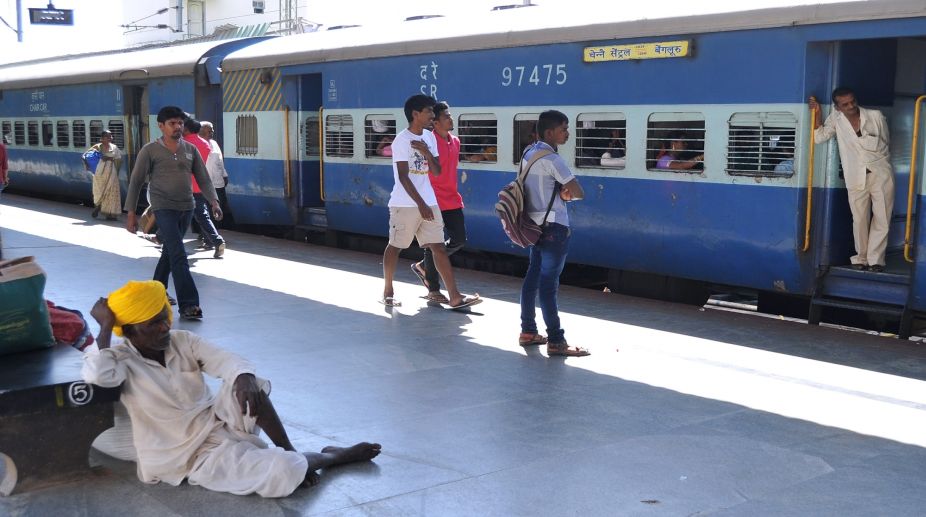New Indo-Bhutan railway link
In a major step toward enhancing regional connectivity, Indian Railways has proposed a new railway line connecting Kokrajhar in Assam to Gelephu in Bhutan. This cross-border project

Representational image (Photo: Getty Images)
Fares in premium Shatabdi trains on sections with low passenger occupancy could be slashed soon as the railways looks to ensure optimum utilisation of resources, a senior government official has said.
The national transporter has identified 25 such Shatabdi trains in which this scheme could be implemented, the official said.
Advertisement
“Indian Railway is actively working on a proposal in this regard,” the official told PTI The move to lower fares is encouraged by the success of a pilot project launched on two routes last year.
Advertisement
In one section, where the pilot scheme was implemented, the earnings went up by 17 per cent and passenger bookings by 63 per cent, the official said.
The development comes at a time when the national transporter is facing flak over the flexi-fare scheme and the general contention that it has led to a spike in fares in Shatabdi, Rajdhani and Duronto trains.
The Railways runs around 45 Shatabdi trains and these are among the fastest in the country.
The Railways had last year launched a pilot project in two Shatabdi trains — one running between New Delhi and Ajmer and the other between Chennai-Mysuru to study the impact of lowering of fares.
Under the scheme, the fares were reduced between Jaipur and Ajmer, and Bengaluru and Mysuru — the sections of the route which witnessed perpetual low occupancy.
“The move yielded positive results for us. What we did was we offered fares in these premium trains equivalent to bus fares plying on the particular stretch,” the official said.
In the case of the Shatabdi to Ajmer, he said, the occupancy was low between Jaipur and Ajmer as people preferred to travel by buses which offered more affordable fares.
To attract passengers, the Railways decided to match the bus fare in the premium train and reduced the ticket prices to about Rs 300 in this section.
Similar step was also taken in the Shatabdi train between Chennai and Mysuru. The fares were reduced between Bengaluru and Mysuru, resulting in 63 per cent growth in passenger bookings on this stretch between January and November last year compared to the corresponding period the previous year.
The official said the measures being adopted are part of an exhaustive exercise initiated by the Railways for optimum utilisation of resources. One such exercise is reducing the layover time of a train for introducing more services.
By reducing the layover time of trains, the official said, the Railways was now looking to run 100 new trains on shorter and longer routes. While 25 new trains have already been introduced, 75 more would be run within this year.
Layover time refers to the time a train remains stationed at the terminating or originating point. This time is being utilised to run the train on new routes, optimising the resources.
Recently, Railway Minister Piyush Goyal had announced that a detailed analysis was carried out about layover time and the results have helped railways identify the routes on which new services can be introduced.
Advertisement